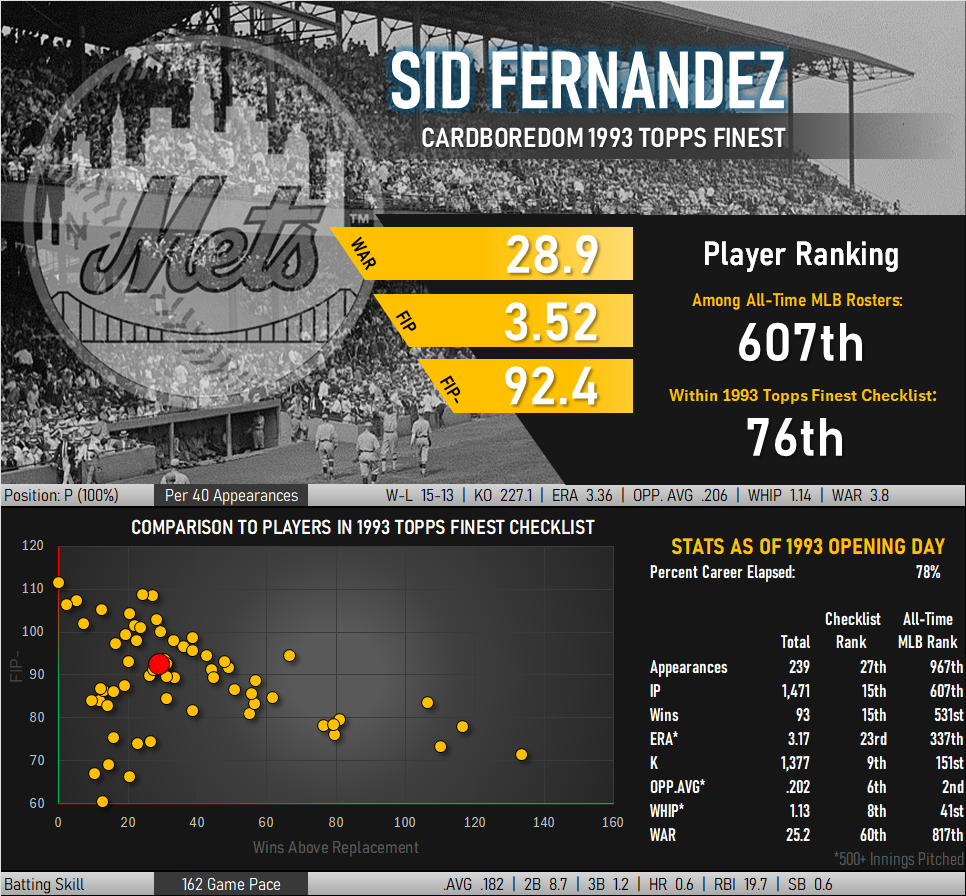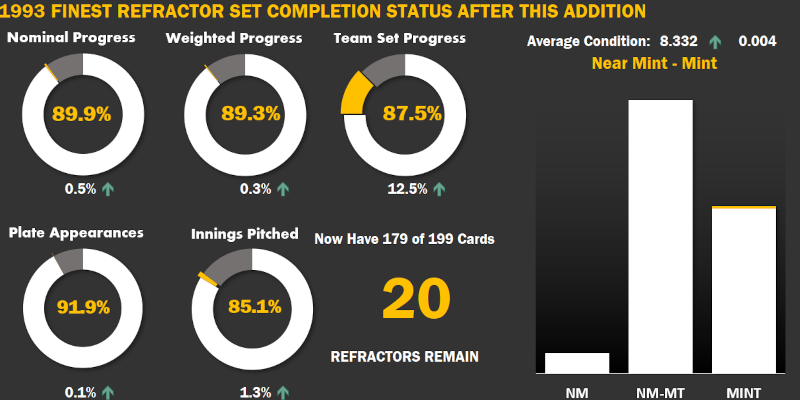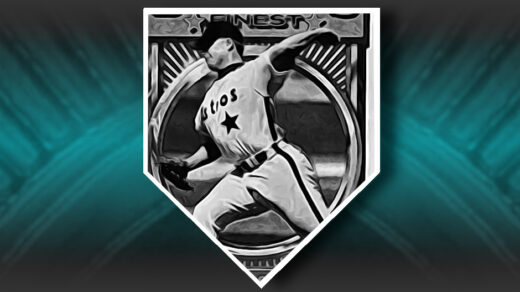Hawaiians are not supposed to be scared of pigs. They hail from a land famous for pork-heavy luaus and the best spam dishes ever created. And yet, for all that familiarity with the animal that brings us bacon, it was Hawaiian native Sid Fernandez that was almost chased out of Spring Training by one.
In 1988 Fernandez and the New York Mets were settling into the recently constructed Thomas J. White Stadium. A World Series championship two years earlier and a seemingly unending parade of top prospects and a core of perennial all-stars had boosted the resources at the team’s disposal. The new ballpark had several major league amenities and was built to specifically mimic the field dimensions of the Mets’ home at Shea Stadium. Built by (and named after) a local real estate developer, the facility was situated against a backdrop of natural forests that would eventually be turned into a residential community and shopping district.
A series of lakes and forested space remains to this day, and it was in trails through this area that Fernandez and fellow pitchers were sent to get in some post practice cardio. Covering the prep work for the upcoming season, Tim Kurkjian recalled hearing Fernandez yelling that a monster was after him as the pitcher ran full speed out of the woods. A wild boar was following in hot pursuit.
Perhaps Fernandez was right to be frightened: The animals can be dangerous. While Fernandez emerged unscathed from his porcine encounter, future New York Met Yoenis Cespedes fractured his ankle while executing a similar escape from an enraged piece of barbacoa in May 2019.
Fernandez didn’t throw anything at his pursuer during his escape. While he was a top-flight starting pitcher, he was not known for having any sort of exceptional arm speed. What made him so effective on the mound was the low release point of his pitches. The unusual angle from which the ball began its trip to the catcher’s mitt resulted in batters needing a split second longer to begin tracking the ball, effectively adding additional speed to what would be encountered with a traditional delivery.
Batters didn’t know what to make of this. He was the first ever winner of the Texas League’s pitching triple crown in 1983 with top marks in wins, strikeouts, and ERA. In the majors he generated almost one strikeout per inning (8.4 per 9 IP) in an era in which this was anything but normal. He held opposing batters to a career .206 batting average, and absurdly low total. He still ranks 10th all-time among starters in this metric, a ranking that should only improve as a handful of modern pitchers ahead of him hit the wrong end of the aging curve. Among hurlers with at least 1,000 innings of experience only Nolan Ryan and Sandy Koufax allowed fewer hits per inning than Sid Fernandez. Put simply: It is easier to get a hit off of Clayton Kershaw in today’s low-average environment that it was to get a hit off Fernandez during the steroid era.
Amazingly “El Sid” batted .182 against opposing pitching, faring almost as well as the rest of MLB hitting did against himself.

Fernandez is depicted on his ’93 Finest card in his final season with the Mets, the club he is most associated with. His trademark number 50 in honor of Hawaii becoming the 50th state is not visible in either of the images of the pitcher in his spring training attire. Still, one can’t help but hear his “Hawaii 5-0” walk-up song when viewing this colorful card. I’m going to set the card aside and pick up some kalua pork.










